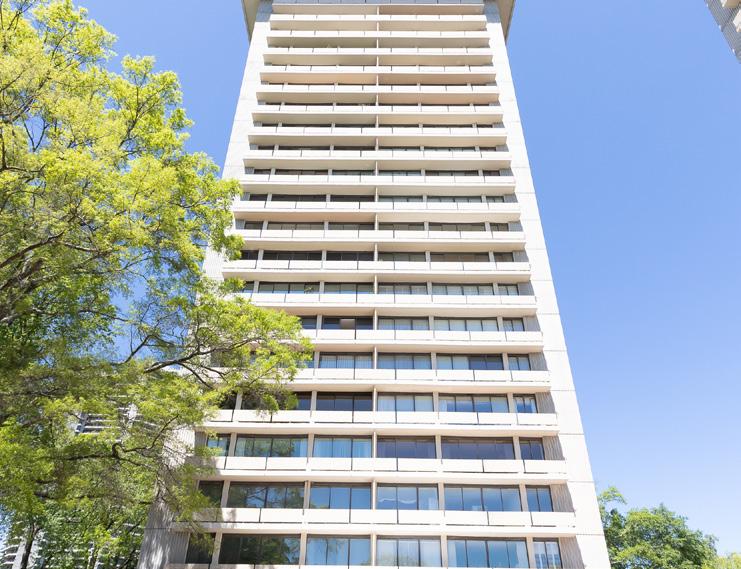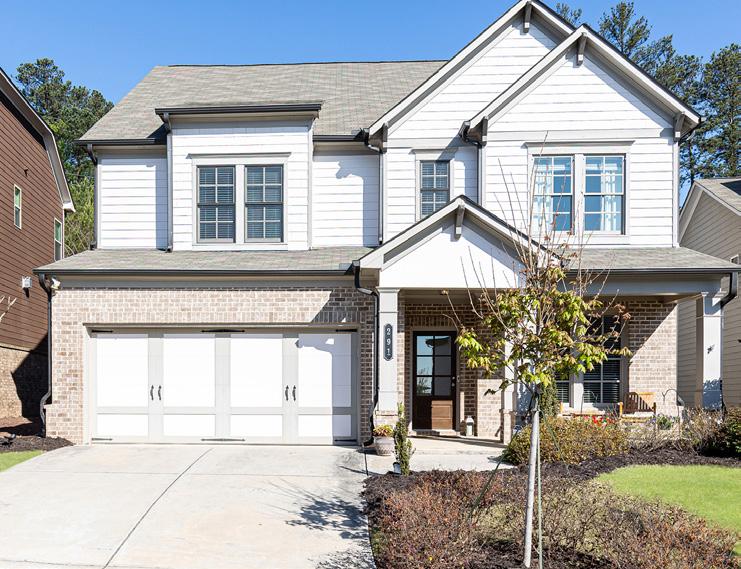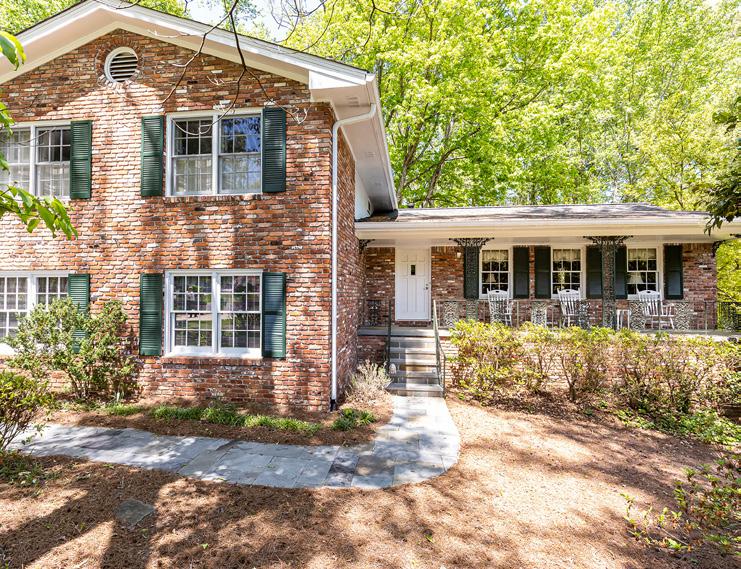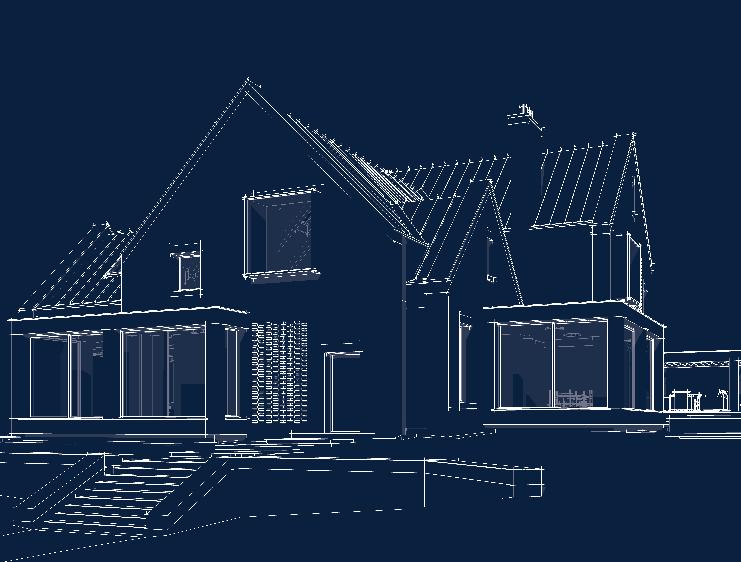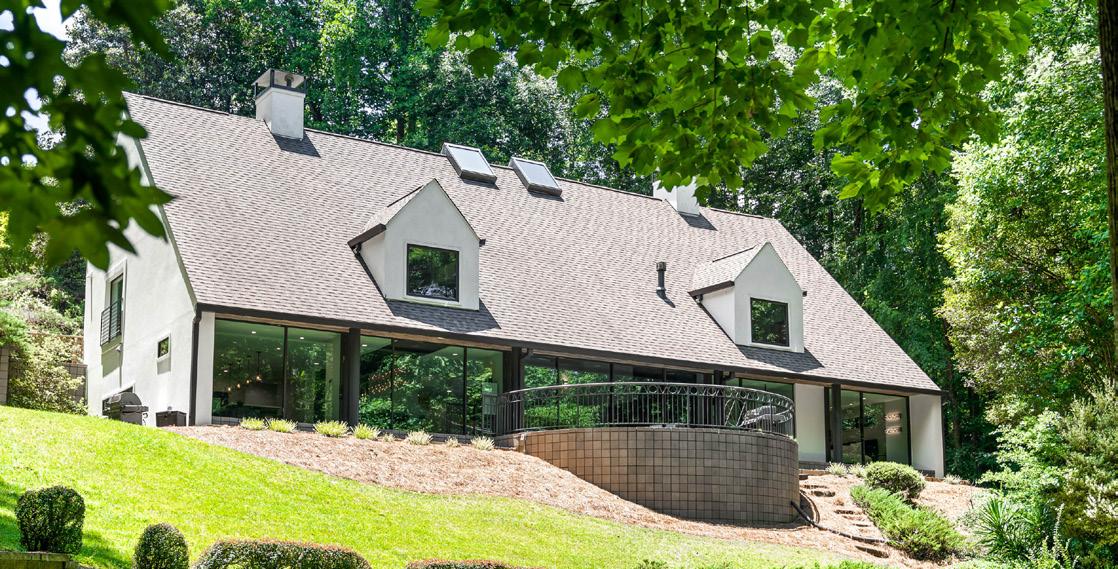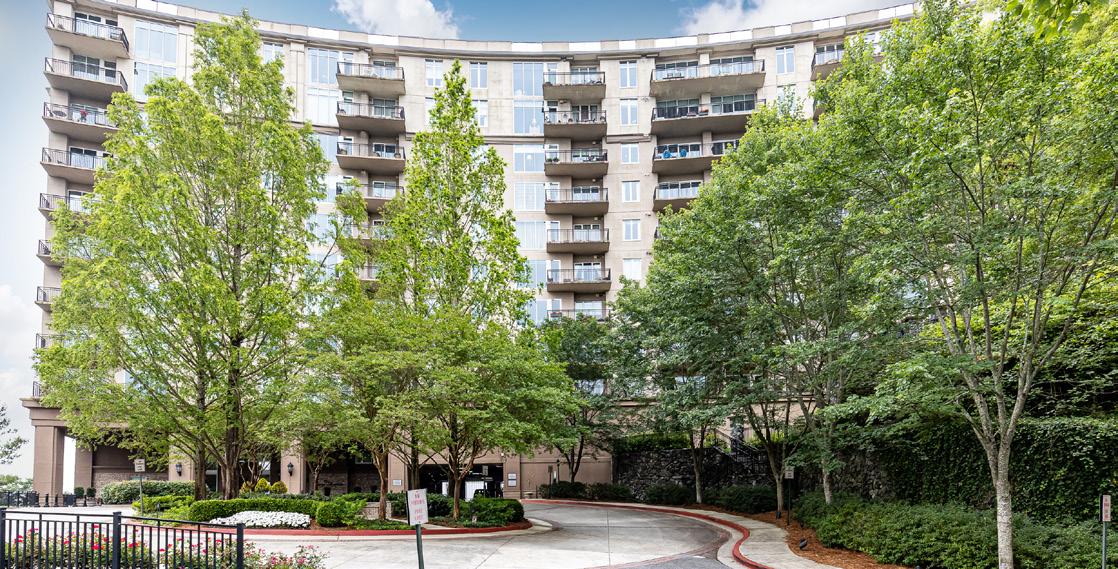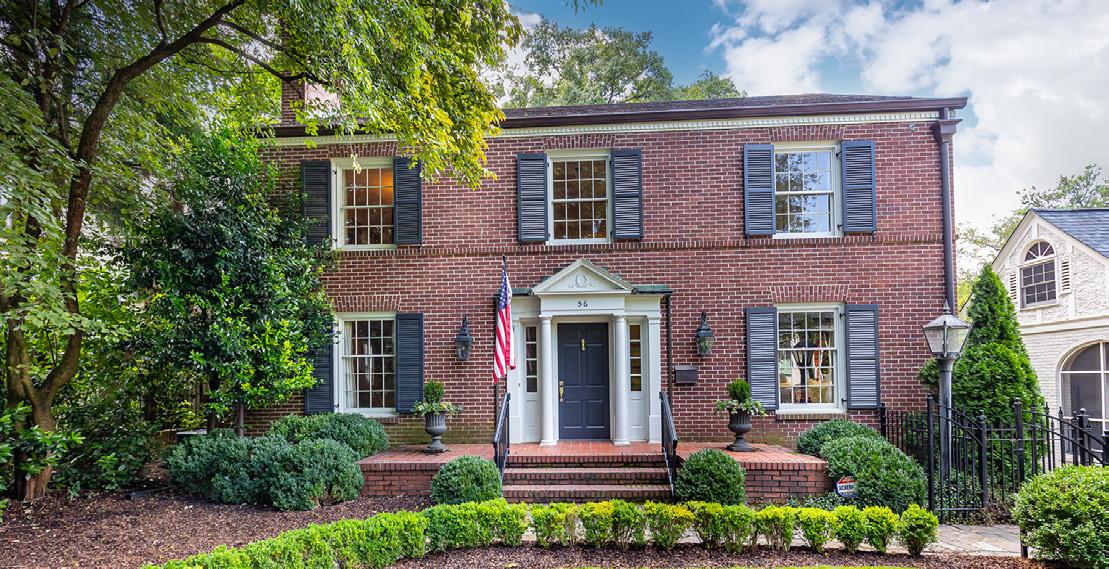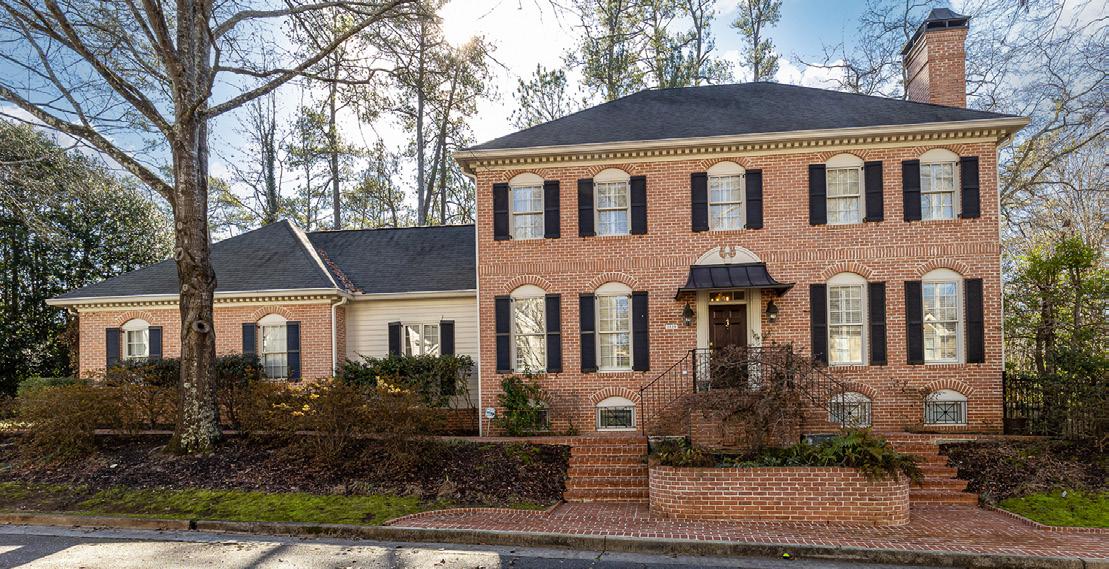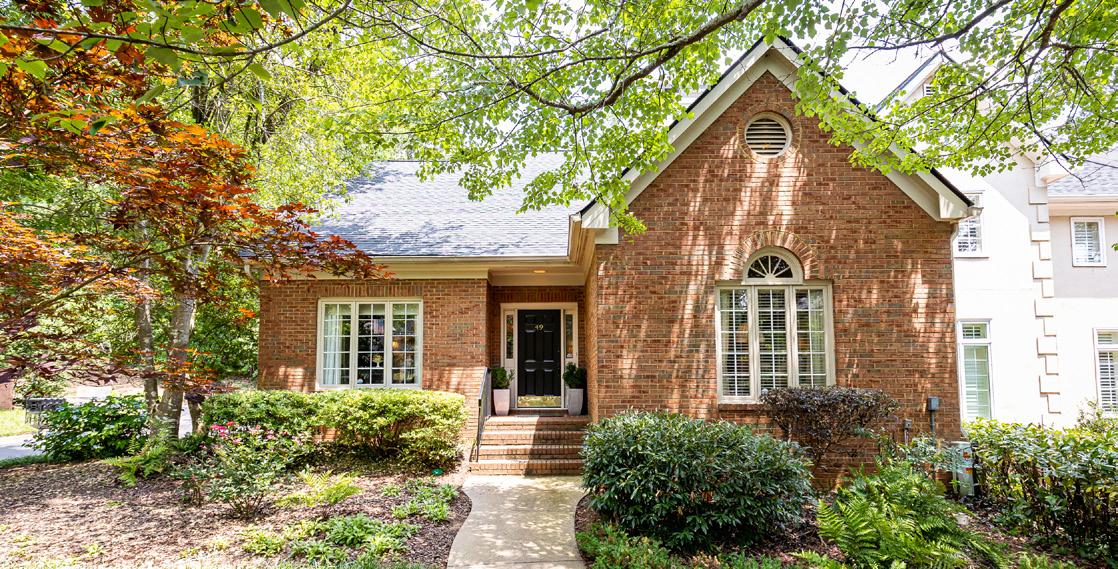

2023 MARKET REPORT


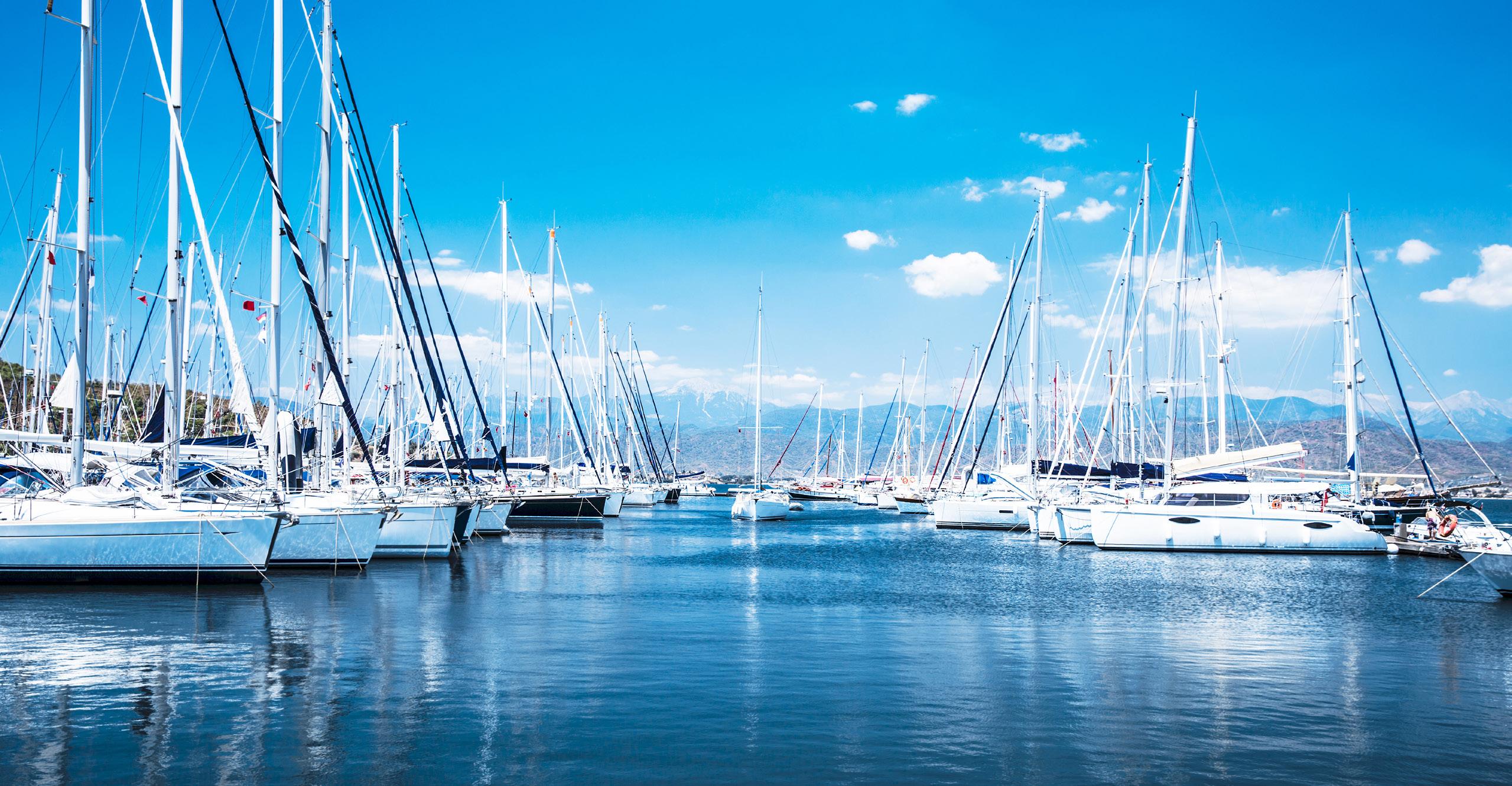






The name of our boat this year was “Opportune Moment.” The name held no particular significance to me until the trip was over. Then, given the experiences on this particular trip, I decided it was the perfect theme for this year's market report.
It was still the best trip ever – each one even better than the last – all building on great traditions established over the 33 years we have been taking this trip.
Weather comes and goes – good weather, bad weather. We appreciate the beautiful weather and respect the bad weather by planning ahead when we see it, if possible.
This year, we set out of Swan Creek Marina in Rock Hall, Maryland, at 9 a.m. with beautiful blue skies in one direction and dark, cloudy skies in the other. (see cover photo). The winds were moderate and comfortable, and the waves were just one to two feet. There were, however, signs of bad weather.
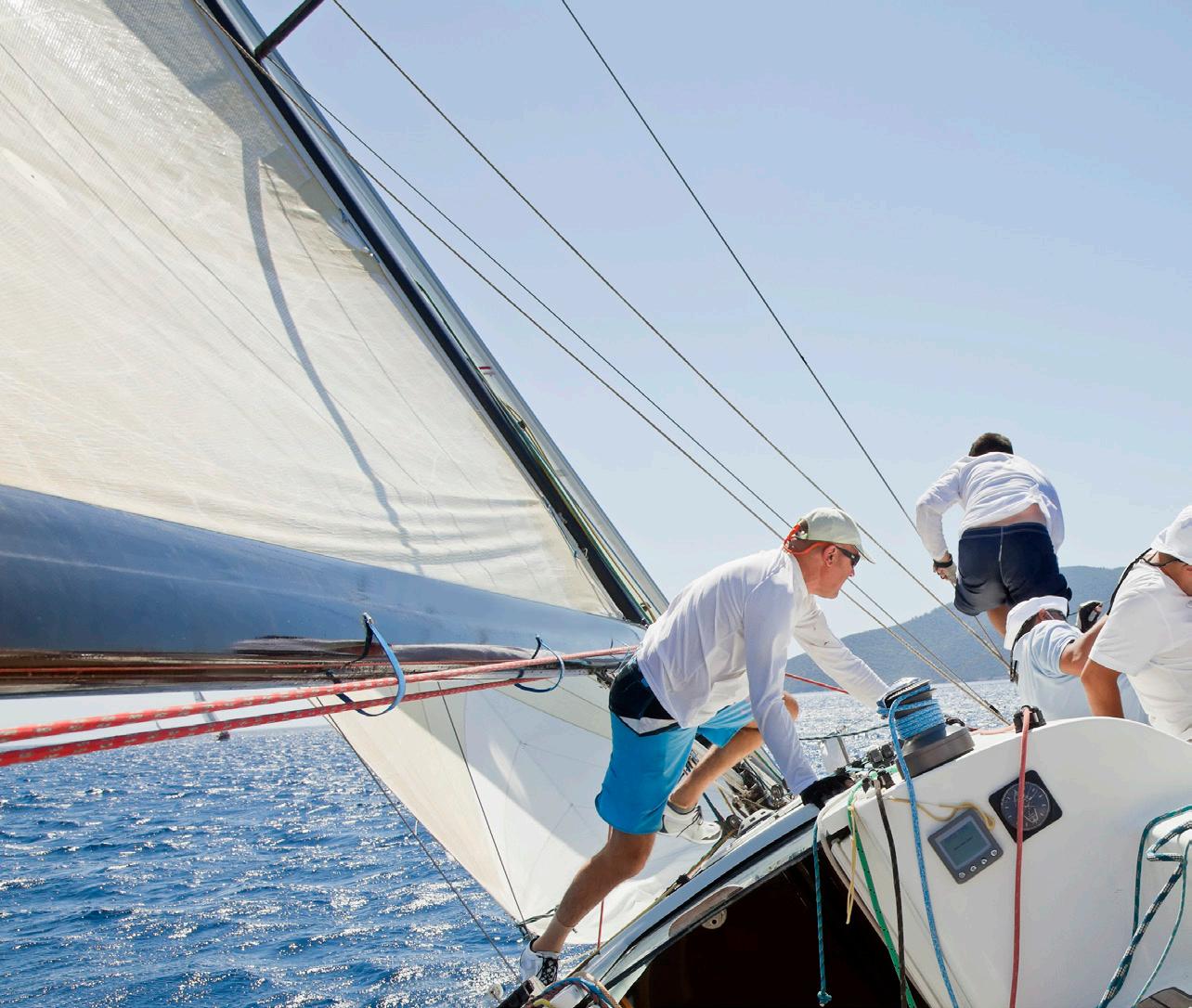

As we sailed south, the winds began to build. At the Bay Bridge just east of Annapolis, the winds had picked up to 18-20 knots and the waves to three to four feet. Our 43-foot Darfour sailboat could comfortably handle these winds and seas with a full mainsail and jib sail up. We were often heeling (leaning over) at 35 degrees, which, in these bigger boats, requires constant adjustments to manage, but is still comfortable.
The winds continued to build, as did the seas. We thought we could make it to the mouth of the Miles River on the way into St. Michaels, Maryland, without “reefing” (taking in part of the sails) our sail. WE WERE WRONG
But, once you are in the middle of the storm, reefing the sails or taking them down altogether is MUCH harder and more dangerous.
To reef the sail, you have to point the boat directly into the wind so that there is no pressure on the sails, feed the sails back into the sail cradle and then tie off the sail to the boom. However, when you are pointing the boat into the wind, you are facing directly into the high waves. Keeping the boat pointed directly into the wind while being pounded by waves is a challenge. Water, ropes and the boom are flying everywhere.
It is a lot easier to prepare ahead and take the sails down before things get too rough.
This is life. If possible, it is better to plan ahead and prepare than to wait until things get worse or unmanageable.
This is especially true of maintaining a home.
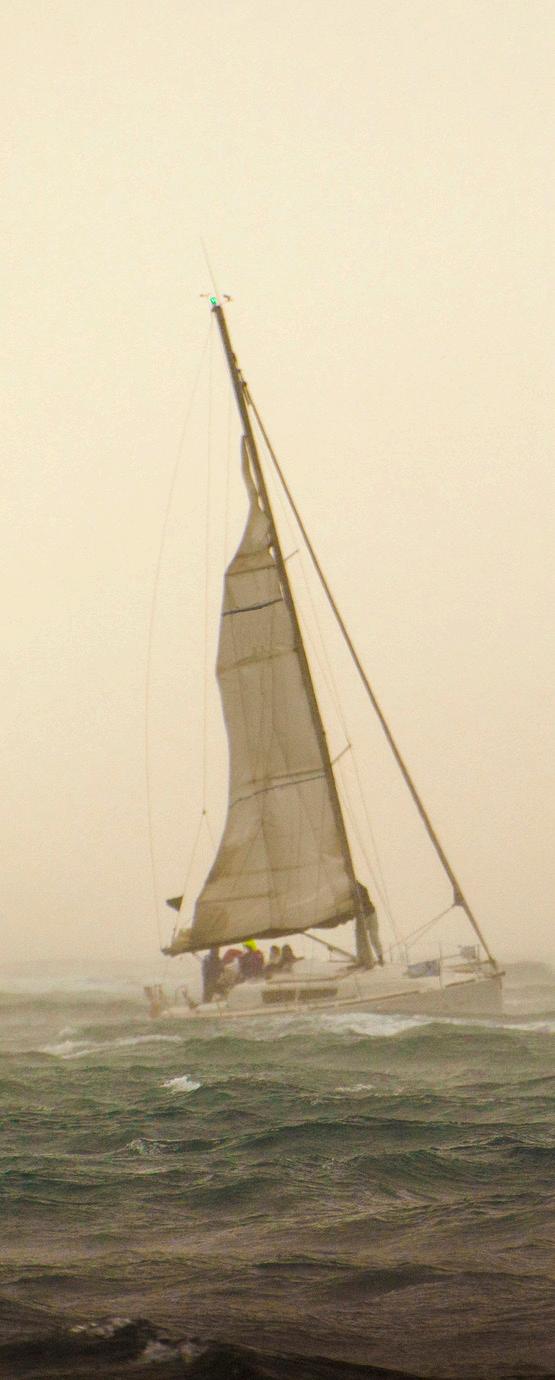
In the middle of a life storm (a crisis), there is not as much time to evaluate the situation and explore the alternatives for resolving the crisis. There are usually multiple intense, unfamiliar and quick-moving variables you have to manage. If possible, it is better to plan ahead and prepare than to react during a crisis. In the case of this sailing trip, it would have been better for us to take part or all of the sail down before the winds got too strong and the waves became dangerously high than to have to take the sail down in the heavy winds, rain and high waves.
Identifying reality is the first step to dealing with reality. Whether there are blue skies or storm clouds, there are usually conditions around you that indicate what conditions are ahead. Clear skies from the day before were in front of us, and storm clouds were building in the direction we were going. Morning weather reports warned us of higher winds as the day went on. Being more aware of this environment would have helped us make better decisions.
Observing signs that good weather is ahead can help you prepare for ways to enjoy that good weather. Ignoring signs that storms are ahead can bring more discomfort than embracing the conditions and preparing for them.
Embracing reality now is always better than ignoring the inevitable.



There are two major components contributing to the value of your home:
• The land
• The structure
Generally, land appreciates over time, subject to economic cycles. Structures depreciate over time.
The rate of structural depreciation depends on reinvestment or lack thereof.
• Operating/maintenance cost
• Capital reinvestments
STRUCTURES
DEPRECIATE
LAND APPRECIATES
Surfaces: Paint, flooring, countertop surfaces and landscaping (10-year lifespan)
Systems: HVAC, electrical, plumbing, roofs and gutters (15 to 20-year lifespan)
Structure: Foundation, drainage, windows and doors, floor plans and architectural style (30-year lifespan)
APPLICATIONS TO HOMEOWNERSHIP:
It is advisable to plan for, budget for and replace surface, system and structural components before they break.
REINVEST IN YOUR HOME, IT WILL SAVE MONEY IN THE LONG TERM AND PRESERVE THE VALUE.



































Detached Homes in ZIP Codes: 30305, 30327, 30342, 30309 & 30339





























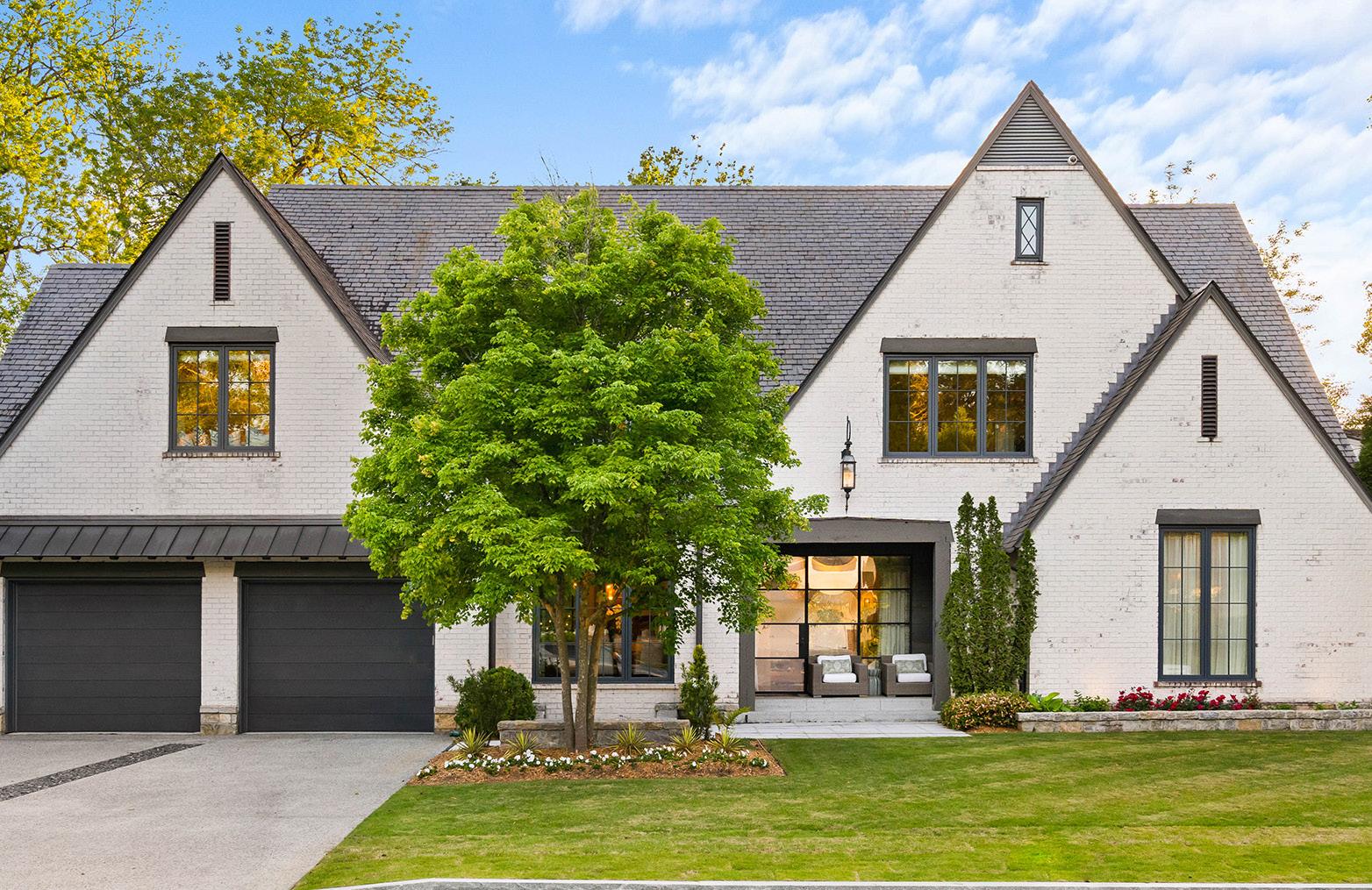



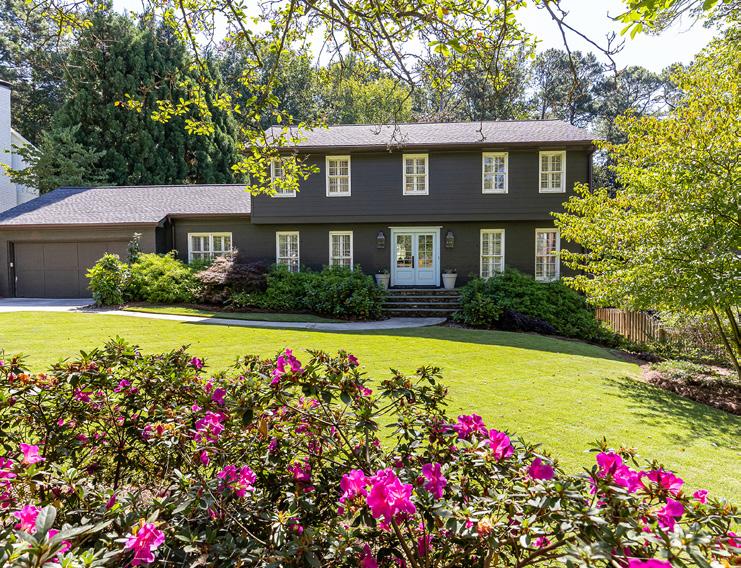
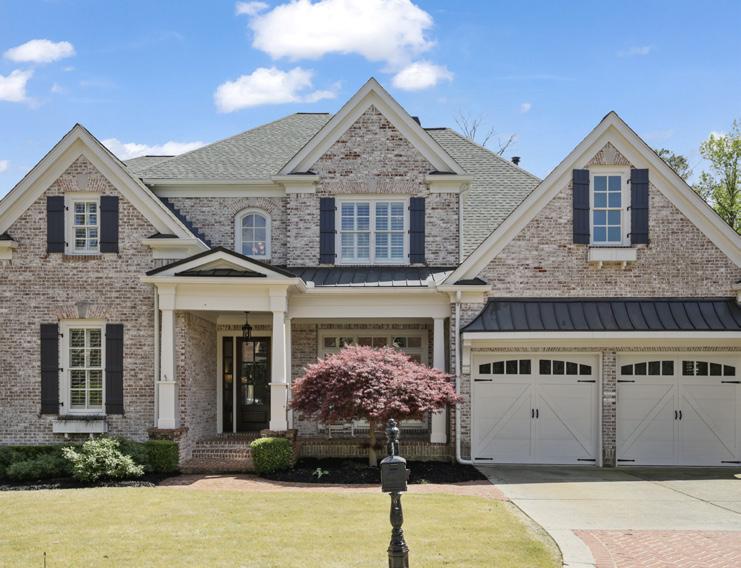
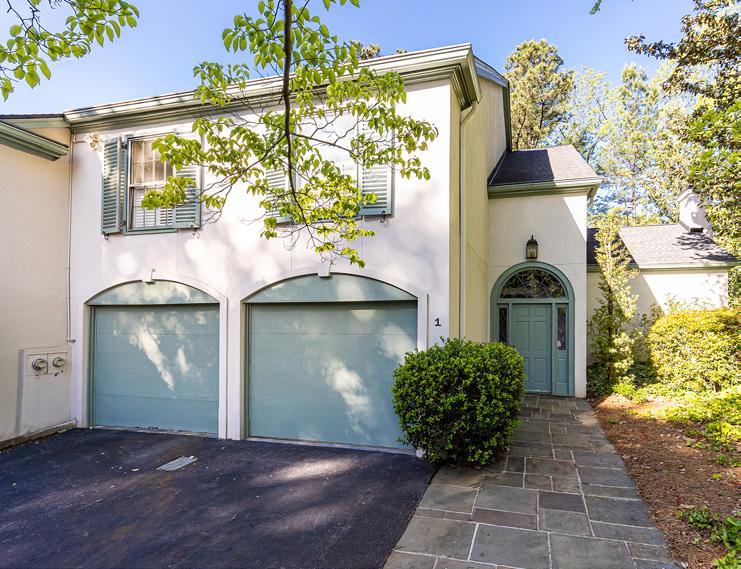

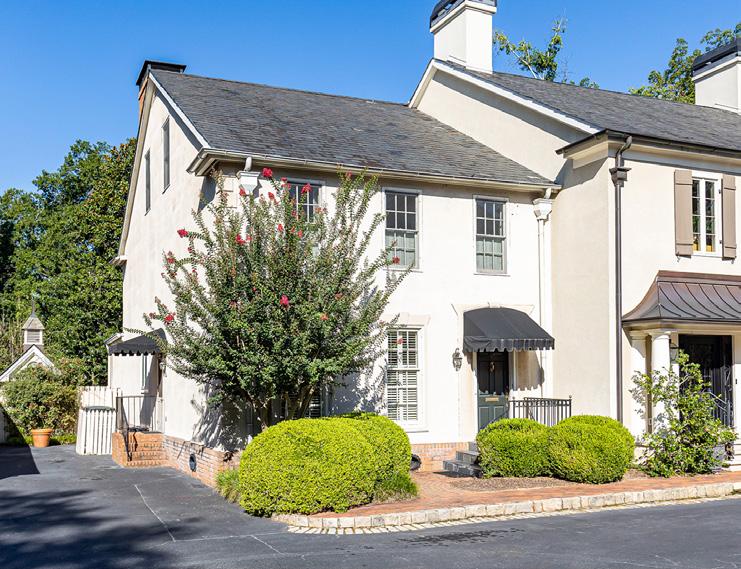
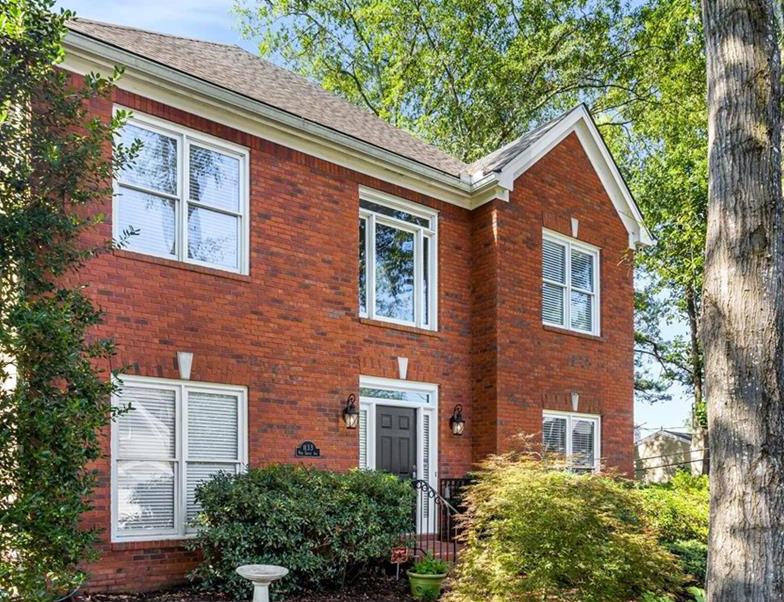
ANSLEY PARK
ARGONNE FOREST
BAKERS FARM
BROOKHAVEN
BROOKWOOD HILLS
BUCKHEAD
CASTLEWOOD
CHASTAIN
HAYNES MANOR
KINGSWOOD
NORTH BUCKHEAD
PEACHTREE HEIGHTS EAST
PEACHTREE HEIGHTS WEST
PEACHTREE HILLS
PEACHTREE PARK
RIVERSIDE
SANDY SPRINGS
SPRINGLAKE
TUXEDO PARK
VININGS
WILDWOOD
WOOD VALLEY
WYNGATE
PEACHTREE
RIVERSIDE
SANDY
